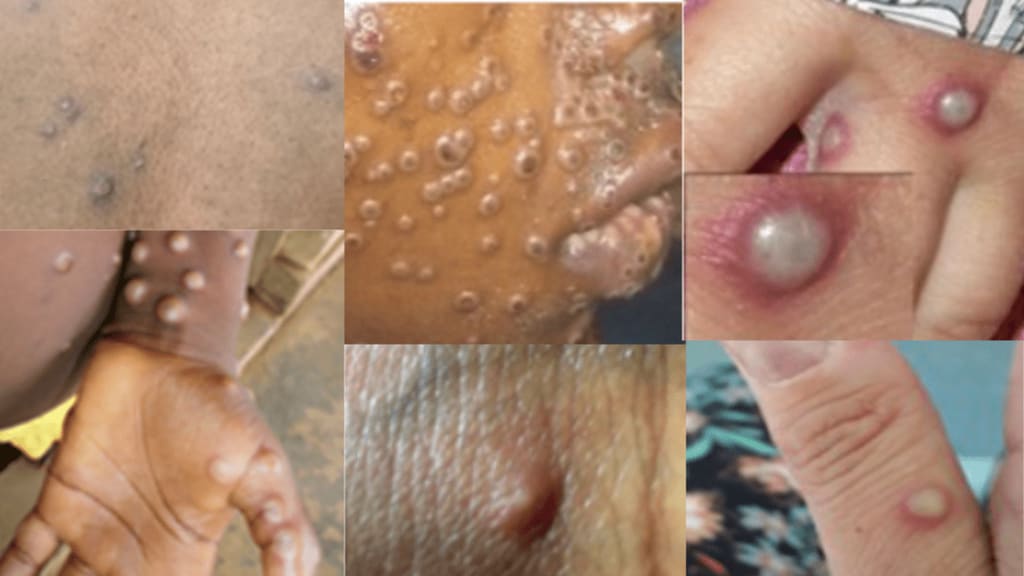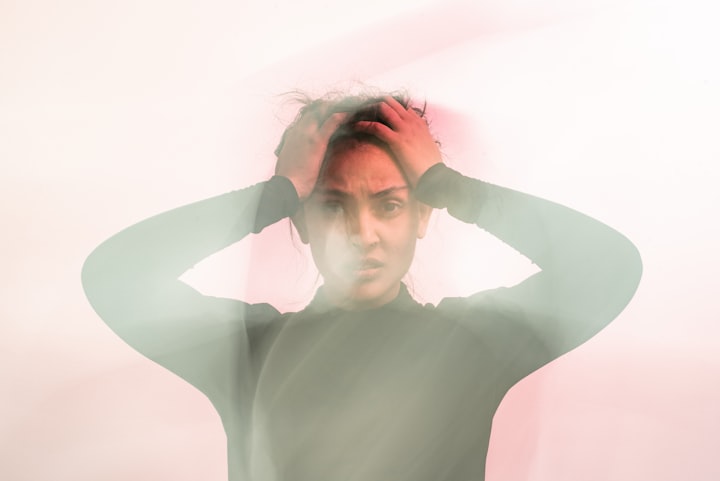What Does Monkeypox Look Like?
Symptoms, Diagnosis, and Treatment

Monkeypox is a rare viral disease that primarily affects animals, but it can also be transmitted to humans. The first human case of monkeypox was reported in 1970 in the Democratic Republic of Congo, and since then, sporadic outbreaks have occurred in several parts of Africa. In recent years, there have been a few cases reported outside of Africa, including the United States and the United Kingdom. Monkeypox is a zoonotic disease, meaning it can be transmitted from animals to humans, but human-to-human transmission is also possible.
Introduction to Monkeypox
Monkeypox is caused by the monkeypox virus, which belongs to the Orthopoxvirus genus, the same genus as the variola virus, which causes smallpox. Monkeypox virus is primarily found in animals such as rodents, primates, and other wild animals. Humans can contract the virus through direct contact with infected animals or through consumption of undercooked meat.
Causes and Transmission
Monkeypox can be transmitted to humans through several routes. The primary mode of transmission is through direct contact with infected animals, their bodily fluids, or contaminated materials. This can occur during hunting, butchering, or preparing meat from infected animals. Human-to-human transmission can also occur through close contact with infected individuals, their respiratory secretions, or skin lesions.
Incubation Period
After exposure to the monkeypox virus, the incubation period typically ranges from 7 to 14 days, with an average of 10 days. During this period, infected individuals do not experience any symptoms but can still transmit the virus to others.
Symptoms and Clinical Presentation
The onset of monkeypox is usually marked by flu-like symptoms, including fever, headache, muscle aches, and fatigue. This is followed by the development of a rash, which progresses through different stages. The rash begins as raised bumps that evolve into fluid-filled blisters and eventually crust over. The rash is usually more pronounced on the face, palms of the hands, and soles of the feet.
Diagnosis
Diagnosing monkeypox can be challenging because its early symptoms are similar to those of other febrile illnesses. Laboratory tests, such as polymerase chain reaction (PCR) and serological assays, are used to confirm the presence of the monkeypox virus. These tests detect viral genetic material or antibodies produced by the immune system in response to the infection.
Treatment and Management
There is no specific antiviral treatment for monkeypox. Supportive care is provided to relieve symptoms and manage complications. This includes taking over-the-counter pain relievers, maintaining hydration, and practicing good hygiene to prevent secondary bacterial infections. In severe cases, hospitalization may be required.
Prevention and Control
Preventing monkeypox involves implementing measures to reduce the risk of exposure to the virus. This includes avoiding contact with wild animals, especially those showing signs of illness, practicing good hygiene, and thoroughly cooking meat before consumption. Vaccination against smallpox, which provides some cross-protection against monkeypox, is also recommended for individuals at high risk of exposure.
Monkeypox vs. Smallpox
Monkeypox and smallpox are both viral diseases caused by related viruses. While the two diseases share similarities in their clinical presentation, there are also notable differences. Monkeypox generally causes a milder illness compared to smallpox, with a lower fatality rate. Additionally, monkeypox rash tends to be more extensive and involves the palms of the hands and soles of the feet, whereas smallpox rash is more concentrated on the face and extremities.
Monkeypox Outbreaks
Monkeypox outbreaks have occurred primarily in Central and West African countries. These outbreaks are usually linked to exposure to infected animals or close contact with infected individuals. International travel and trade can contribute to the spread of monkeypox, as demonstrated by a few cases reported outside of Africa.
Public Health Concerns
Although monkeypox is a rare disease, it can have significant public health implications. Outbreaks can result in the spread of the virus within communities and potentially beyond. Rapid identification, isolation of cases, contact tracing, and public awareness campaigns are crucial in controlling and preventing the spread of monkeypox.
Conclusion
Monkeypox is a rare viral disease that primarily affects animals but can be transmitted to humans. It is characterized by flu-like symptoms and a distinctive rash that evolves through different stages. Diagnosing monkeypox can be challenging, and there is currently no specific treatment available. Prevention measures, such as avoiding contact with infected animals and practicing good hygiene, are essential to reduce the risk of infection.
FAQs
Q1: Is monkeypox a deadly disease?
A1: Monkeypox generally causes a milder illness compared to smallpox, with a lower fatality rate. However, severe cases can occur, especially in individuals with weakened immune systems.
Q2: Can monkeypox be transmitted from person to person?
A2: Yes, human-to-human transmission of monkeypox is possible through close contact with infected individuals or their bodily fluids.
Q3: Are there any vaccines available for monkeypox?
A3: Currently, there is no specific vaccine for monkeypox. However, vaccination against smallpox, which provides partial cross-protection, is recommended for individuals at high risk of exposure.
Q4: How can monkeypox be prevented?
A4: Preventive measures include avoiding contact with infected animals, practicing good hygiene, thoroughly cooking meat, and considering smallpox vaccination for high-risk individuals.
Q5: Is monkeypox a global concern?
A5: While monkeypox is primarily seen in Central and West African countries, sporadic cases have been reported outside of Africa, emphasizing the need for global surveillance and preparedness.
About the Creator
Ranjan Kumar Pradhan
Unleash your curiosity and dive into a realm of captivating wonders. Join me on a journey of knowledge, inspiration, and thought-provoking insights. Let's embark on an extraordinary adventure together.





Comments
There are no comments for this story
Be the first to respond and start the conversation.